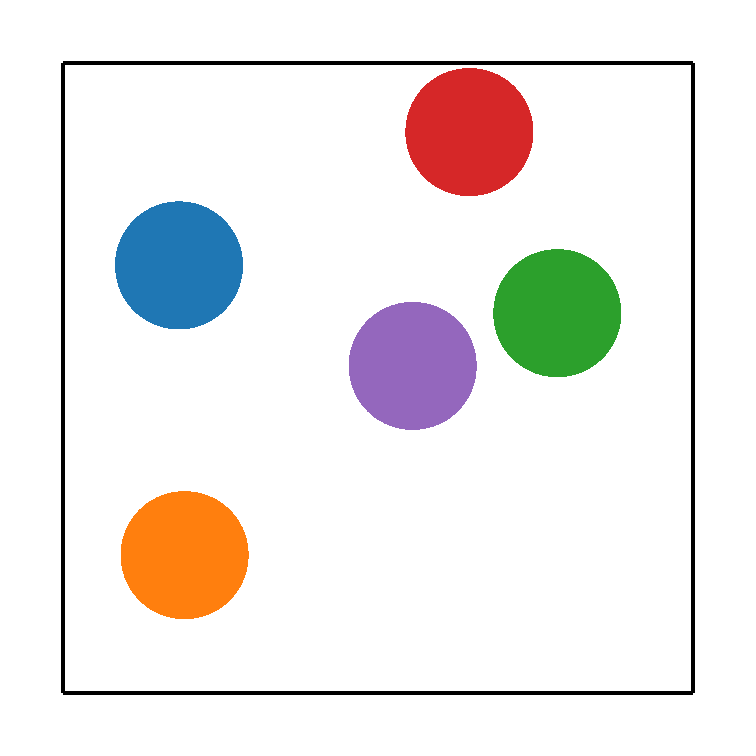Extending Lagrangian and Hamiltonian Neural Networks with Differentiable Contact Models
The incorporation of appropriate inductive bias plays a critical role in learning dynamics from data. A growing body of work has been exploring ways to enforce energy conservation in the learned dynamics by encoding Lagrangian or Hamiltonian dynamics into the neural network architecture. These existing approaches are based on differential equations, which do not allow discontinuity in the states and thereby limit the class of systems one can learn. However, in reality, most physical systems, such as legged robots and robotic manipulators, involve contacts and collisions, which introduce discontinuities in the states. In this paper, we introduce a differentiable contact model, which can capture contact mechanics: frictionless/frictional, as well as elastic/inelastic. This model can also accommodate inequality constraints, such as limits on the joint angles. The proposed contact model extends the scope of Lagrangian and Hamiltonian neural networks by allowing simultaneous learning of contact and system properties. We demonstrate this framework on a series of challenging 2D and 3D physical systems with different coefficients of restitution and friction. The learned dynamics can be used as a differentiable physics simulator for downstream gradient-based optimization tasks, such as planning and control.
PDF Abstract NeurIPS 2021 PDF NeurIPS 2021 Abstract


 MuJoCo
MuJoCo